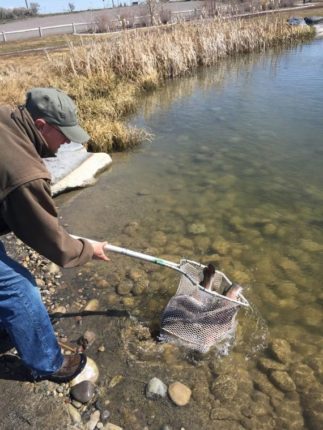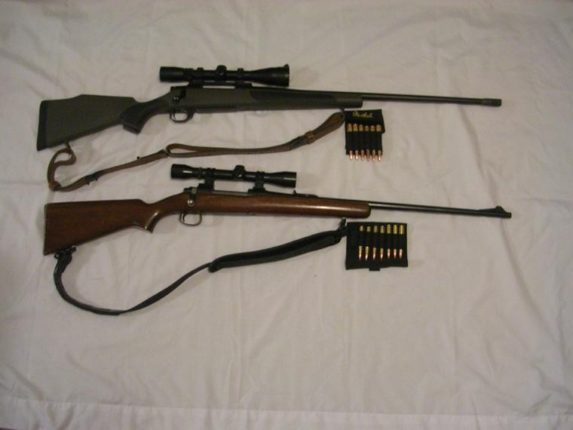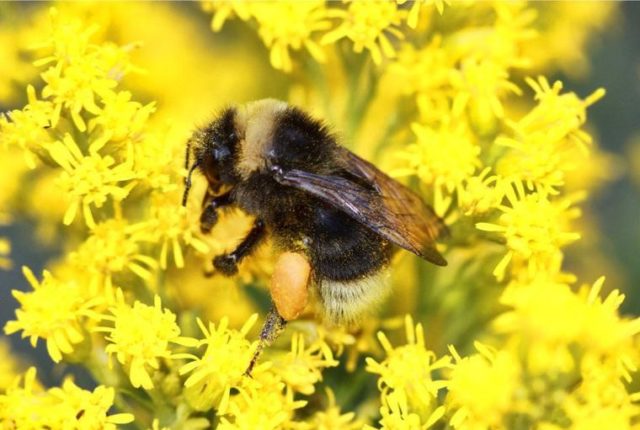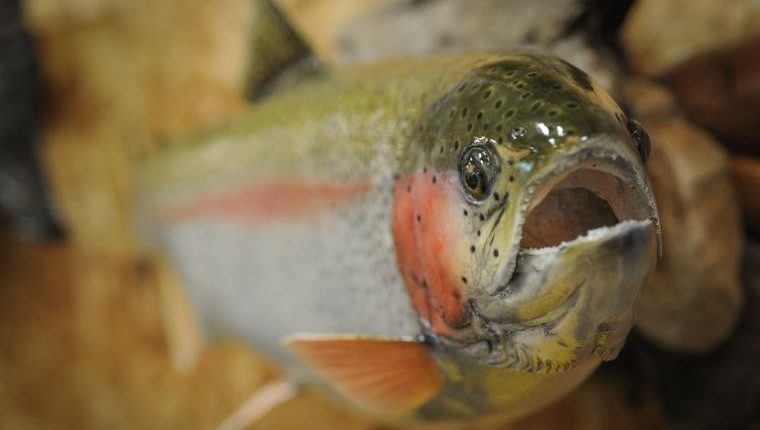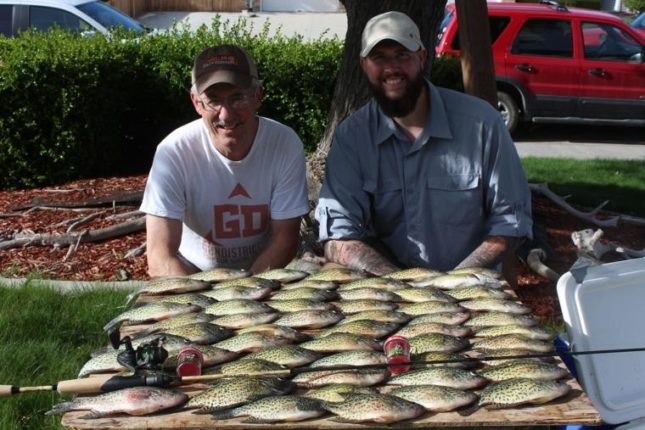There are three 6mm caliber cartridges that are commonly used for hunting deer as well as varmints that my friends and I discuss, sometimes in loud voices, the merits of for the game animals we hunt. The loud voices don’t mean we get into knock-down, drag-out arguments, only that we some times have some spirited discussions concerning the calibers and loads we prefer for the different game animals we hunt if relegated to one rifle for both deer and varmint hunting.
So, if my friends will keep their hands where I can see them, I will try to discuss the different 6mm calibers that we all prefer for the dual purposes of deer as well as varmint hunting.
The three 6mm calibers we normally discuss are the 6mm Remington, the .243 Winchester and the .240 Weatherby Magnum.
The best marksman of the group prefers the 6mm Remington and uses an 80-grain, hollow-point bullet for smaller varmints, an 85-grain, hollow-point point bullet for coyotes and a 100-grain, spire-point bullet for deer.
The 80-grain bullet leaves the barrel of his 7-pound rifle at 3,100 feet per second, hits him with 5.3 foot-pounds of recoil and the recoil velocity is about 6.3 feet per second, which is pretty light, and accuracy is excellent. He prefers an 85-grain, hollow-point bullet for coyotes that leaves the barrel at 2,800 feet per second with 5.3 foot-pounds of recoil that comes back at him at 6.4 feet per second, which is still pretty light. His choice for hunting deer is a 100-grain, spire-point bullet that leaves the barrel at 3,100 feet per second, recoils with 10 foot pounds and comes back at him at 9 feet per second. Still, a pretty soft recoiling caliber with excellent accuracy out to a couple hundred yards.
The 6mm I am most familiar with is the .243 Winchester, which I gave to one of my sons-in-law because I don’t hunt varmints very much with the exception of coyotes, and I hunt deer, pronghorn and elk with a .30-30, .30-06 or .300 Weatherby Magnum. I still kick myself from time to time for parting with that rifle. The .243 is ballistically very close to the 6mm Remington, and that is where most of the loud conversations takes place. The .243 Winchester fires a 75-grain bullet at 3,400 feet per second muzzle velocity from an 8-pound rifle for 7.2 foot-pounds of recoil and 7.4 feet per second coming back at the shooter. It also shoots a 95-grain bullet at 3,100 feet-per-second muzzle velocity, with 11 foot pounds of recoil energy coming back at the shooter at 9.9 feet per second. The .243 also shoots a 100-grain spire point bullet at 2,960 feet per second, with 8.8 foot pounds of recoil energy, coming back at the shooter at 8.7 feet per second.
The .240 Weatherby Magnum was Roy Weatherby’s attempt to increase .243 velocities by about 300 to 400 feet per second. The .240 Weatherby fires an 85-grain Barnes TSX bullet from an 8-pound rifle at a muzzle velocity of 3,500 feet per second with approximately 10 foot-pounds of recoil energy, coming back at the shooter at about 10 feet per second. A 95-grain BST bullet exits the muzzle at 3,420 feet per second with approximately 15 foot-pounds of recoil energy coming back at the shooter at about 13 feet per second. A 100-grain soft-point or Partition bullet leaves the Weatherby muzzle at 3,406 feet per second, generating 17.9 foot-pounds of recoil energy and coming back at the shooter at about 15 feet per second.
When the .240 Weatherby Magnum was first introduced, it was only available in Weatherby’s expensive Mark V rifles and stayed that way until Weatherby’s Vanguard series of rifles were introduced. Now the .240 Weatherby Magnum is available for under $1,000 even though it is still a proprietary caliber.
All of the group agree that the 6mm or .243 caliber rifles are not long-range deer and pronghorn hunting calibers and the 75- to 85-grain loads should not be used on deer and pronghorn because they are liable to break up on tougher deer-sized animals. However, the 100-grain bullets have done very well out to 200 yards on deer and pronghorn by excellent marksmen.
All three of the 6mms discussed here are accurate rifles and allow for year round hunting of varmints and pests, as well as deer and pronghorn during the Fall big game hunting season. With the exception of the .240 Weatherby, they all have very little recoil that would intimidate youth hunters.
Smokey Merkley was raised in Idaho and has been hunting since he was 10 years old. He can be contacted at mokeydo41245@hotmail.com.

